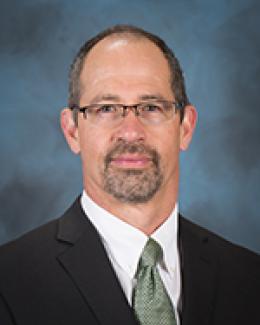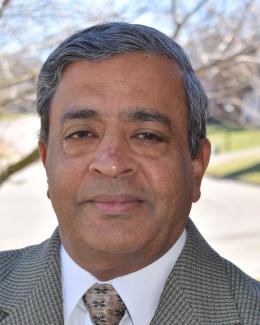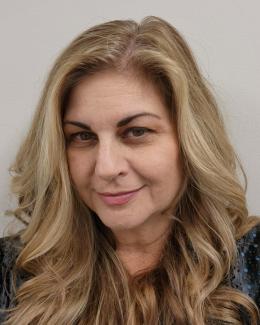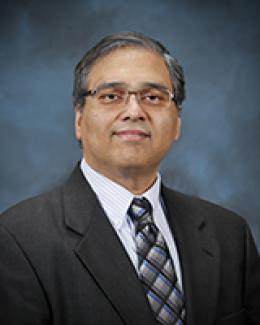Invention Reference Number
Related Links

The need for accurate temperature measurement in critical environments such as nuclear reactors is paramount for safety and efficiency. Traditional methods, including resistance temperature detectors and thermocouples, suffer from significant performance degradation at the high temperatures encountered in advanced reactors. This degradation, often due to insulation breakdown, necessitates larger margins for temperature measurements, impacting plant lifecycle availability. Ultrasonic thermometry, leveraging the principle that the elastic modulus of a material varies with temperature, offers a robust alternative by using elastic waves to measure temperature.
Description
This invention introduces an improved ultrasonic waveguide for distributed temperature sensing in harsh environments, particularly suitable for nuclear reactors. The waveguide features a series of sensing zones along its axis, each tuned to a specific narrow frequency band. This design allows each sensing zone to be highly reflective to its designated frequency while being transparent to others, minimizing signal attenuation and maximizing response. The waveguide is acoustically coupled to a transducer that launches longitudinal elastic waves, which are reflected from the tuned sensing zones. The reflected waves' time-of-flight is correlated to local temperature changes, enabling precise temperature measurements across multiple locations using a single waveguide.
Benefits
- Enhanced accuracy: By tuning sensing zones to specific frequencies, the technology ensures minimal signal loss and accurate temperature measurements.
- Robust performance in harsh environments: Designed to withstand high temperatures and harsh conditions, making it ideal for nuclear reactors and other challenging operational contexts.
- Reduced instrumentation complexity: The ability to measure temperatures at multiple points along a single waveguide reduces the need for multiple sensors, simplifying installation and maintenance.
Applications and Industries
- Nuclear reactor monitoring: Ensures accurate temperature measurement within reactor cores, enhancing safety and operational efficiency.
- Industrial process control: Ideal for industries where precise temperature control is critical under extreme conditions, such as in chemical manufacturing or metallurgy.
- Research and development: Can be used in experimental setups requiring precise control and measurement of temperature under varied and extreme conditions.
Contact
To learn more about this technology, email partnerships@ornl.gov or call 865-574-1051.





